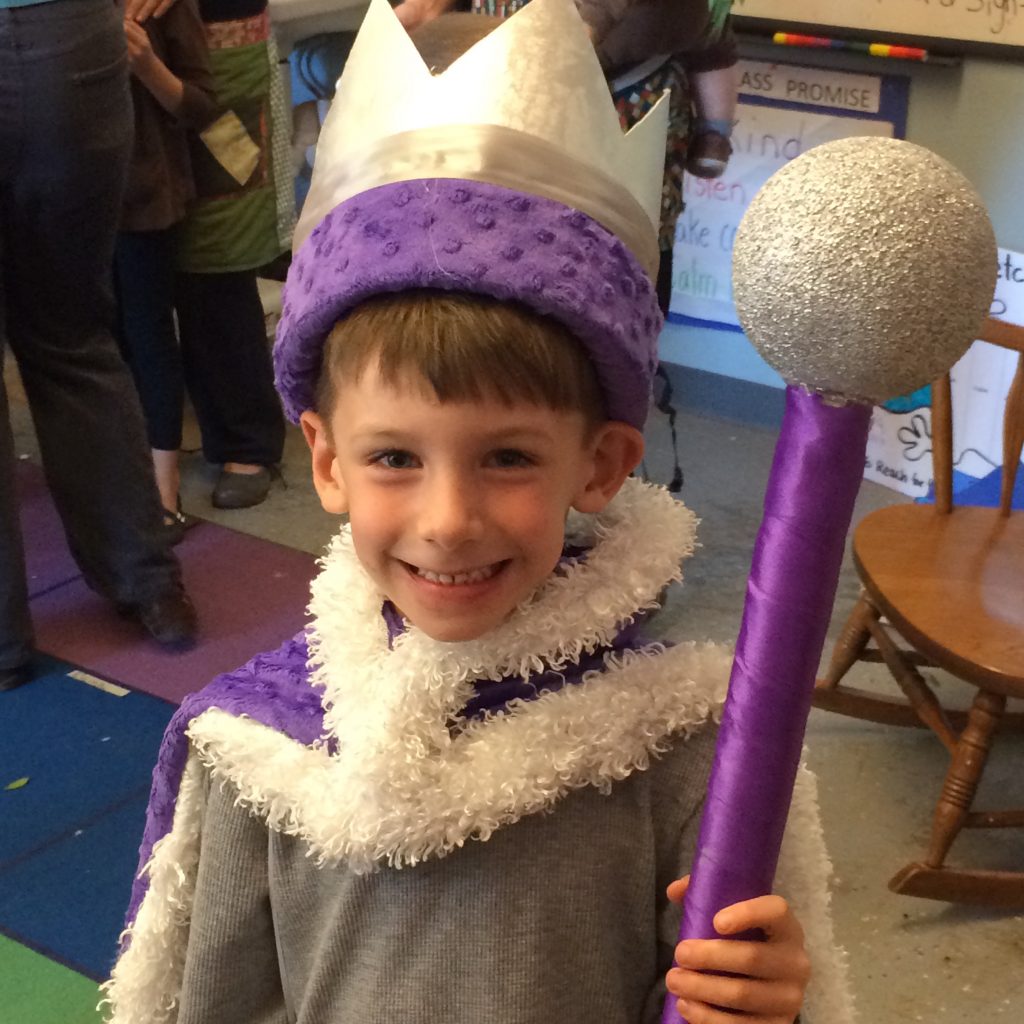Kindergarten today is much different than it was several years ago. It will be even more different in the next few years. It is in a transition from a social aspect to the academics. In the past, the child entering kindergarten went to the local community school. Today, many factors are considered when selecting a curriculum or the type of kindergarten needed for a child: play-based, language immersion, music, and art-focused, teacher-directed, or activity-based interests. Trying various activities gives young students the ability to find out their interests.
It appears that changes were inevitable due to the longer school days, the transition from a half-day to a full-day, and changes in society with working parents. National and state standards also influenced today’s kindergarten education with the recognition that early education that includes literacy and reading reduces failure and school dropouts.
Eliminating play from any curriculum or grade level is not a good idea. Students need play and downtime for the brain to process information (Unstructured Play was the focus of a previous blog). Children need to build social skills with today’s jobs using the team approach.
There are many kindergartens available to parents. Even in different school districts, there are different teaching methods. Most public schools focus on the whole child. They allow for play as well as academics. Several are center-oriented meaning the classroom is set up for various learning stations such as Science and Discovery Centers that allow for the exploration of various concepts. Art Centers that allow for finger painting, coloring, and drawing. Reading Centers that have an array of books and/or sequencing pictures. Housekeeping Centers that include play kitchens, brooms, mops, and vacuums. Math Centers include pattern blocks, shapes, and various manipulative materials for counting. A Writing Center where a child practices letters, holding a pencil, or writing words. Music Centers allow for song and dance.
Finding a good fit for the students entering kindergarten is not easy. Consider the student’s needs.
• their basic learning capabilities and interests,
• how they learn and the motivation style that is best suited for the learning,
• social issues needed, and
• extracurricular activities.
Public schools consider all of these when children enter their classrooms. As a parent, prioritize your child’s needs, decide which need is most important, and select a school or classroom that fits.
Whichever type of classroom and curriculum best fits a child. Focus on differentiated learning needs and not focus on textbooks, workbooks, or worksheets. Activities and hands-on methods are best.



